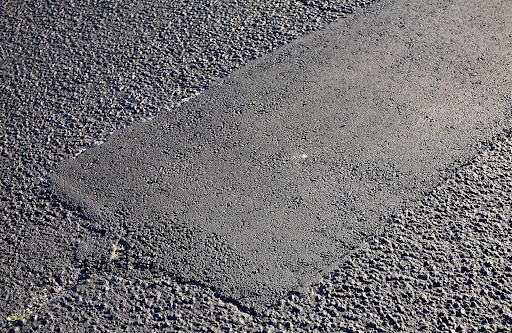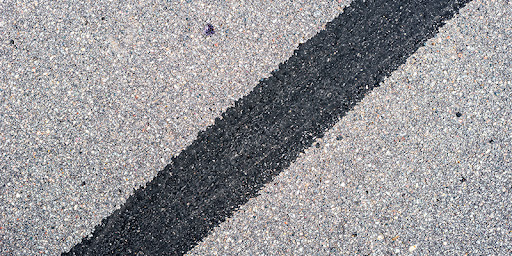
Infrared pavement patching is a common method of asphalt repair. It is widely preferred due to its ease of application, affordability, and minimal to no environmental impact. However, it’s not a permanent solution that suits all types of needs.
Infrared pavement patching uses infrared heat to soften existing asphalt to allow for the seamless application of new or recycled asphalt. It is also known as infrared asphalt patching.
While this method does have its benefits, it’s not a universal solution for all kinds of pavement issues. It’s usually best for creating seamless layers of asphalt, adjusting elevation, leveling asphalt surfaces, and binding speed bumps. You can also use this method to design patterns on the asphalt surface for aesthetics.
As with many things, infrared pavement patching comes with its own pros and cons. It’s important to familiarize yourself with these pros and cons before committing to the method completely. Otherwise, you might spend time and money on a solution that isn’t compatible with your situation.
What are the benefits of infrared asphalt repair?
Infrared patching is environmentally friendly. With this method, you can use recycled asphalt for repairs since it binds well due to the heat. This greatly reduces the need for new asphalt and lowers your carbon footprint.
Infrared technology heats the asphalt to the point where it’s soft enough to bind to new or recycled asphalt without the risk of separation. This creates a seamless transition between the old and new layers. The method has minimal to no impact on the sub-base or earth.
Moisture is the number one cause of asphalt damage and erosion. When water seeps into the surface and penetrates the sub-base, cracks can start to form. Before long, these cracks can grow and even lead to potholes.
Infrared pavement patching is a good way to prevent moisture damage, which can occur if there is a gap between the old and new layers of asphalt. Because it binds old and new asphalt seamlessly, it can keep moisture at bay.
Some construction methods require several machines and manpower. But, thanks to infrared asphalt repair equipment, this method allows for the easy installation of speed bumps and rumble strips. It’s a relatively quick process that uses only a few resources.
The length of the repair process, from start to finish, matters a lot, especially to commercial establishments. Fortunately, this method is easy to install and quick to cure. After the repair process, the asphalt surface is ready for use and traffic within 30 minutes. This minimizes the disruption to your business operations.
It’s a cost-effective solution because infrared patching doesn’t use as many resources as other methods. If you’re looking for an affordable fix that offers seamless results, this is definitely one you should consider.
Infrared patching has several asphalt applications. It’s good for both residential and commercial properties. You can use it to repair asphalt parking lots, driveways, roads, sidewalks, and more.
Infrared patching works any time of the year. Seasonal changes don’t affect it. You can use it at the peak of summer and during freezing winters.

What are the pitfalls of using infrared technology for asphalt repair?
It’s recommended for smaller areas or surfaces and isn’t typically suitable for large-scale repairs, especially for alligator, block, or fatigue cracks.
Infrared patching is not a permanent solution. Over time, all asphalt surfaces will deteriorate and require a full replacement.
This method doesn’t suit asphalt surfaces that have been sealed with certain substances, such as coal tar.
This method doesn’t suit oxidized or raveled asphalt surfaces.
Infrared patching only repairs the surface, which means it’s not good for fragile asphalt with worn-down subsurfaces.
It doesn’t work on exposed potholes, which would require the surface breakdown surrounding the hole.
One thing that turns many people off to certain construction methods is the cost. After all, repairs don’t come free. Leaving asphalt damages unfixed, though, could result in many unsavory outcomes. Cracks in the asphalt can quickly widen and even multiply. Potholes are also a common consequence.
How much does infrared asphalt repair cost? On average, you can expect to pay $2 to $6 per square foot or somewhere between $100 to $300 for a small to medium-sized repair job. For a larger area, you can expect to pay around $1,000.
While infrared patching is only a temporary fix, it still offers great results at an affordable rate compared to a total replacement of the asphalt surface.
Infrared pavement patching is not a catch-all remedy to asphalt damage. That said, it can still address a wide range of asphalt problems. This – along with its seamless finish, cost efficiency, and environmentally friendly application – makes it a popular choice for asphalt repair among residential and commercial properties.
RELATED ARTICLES: